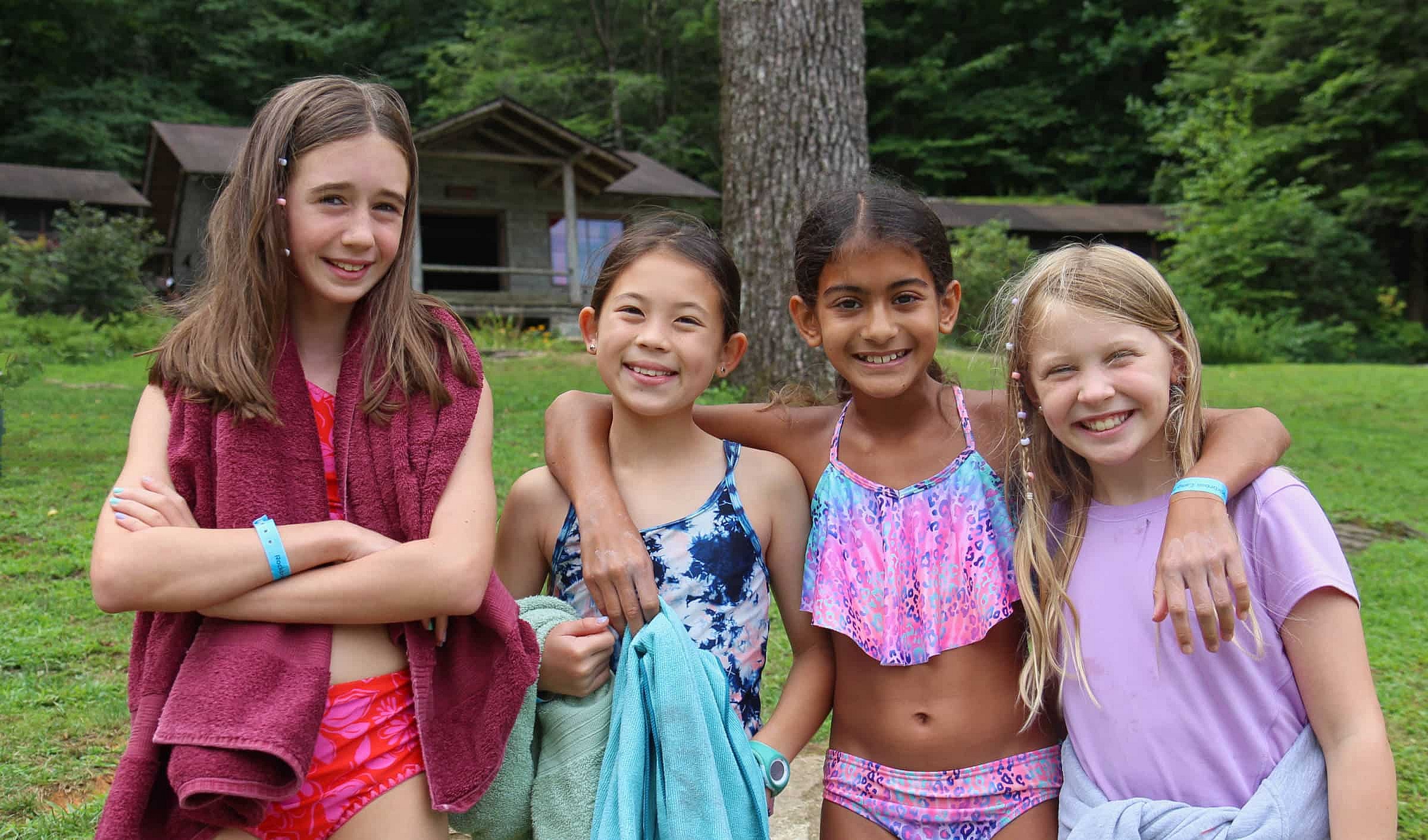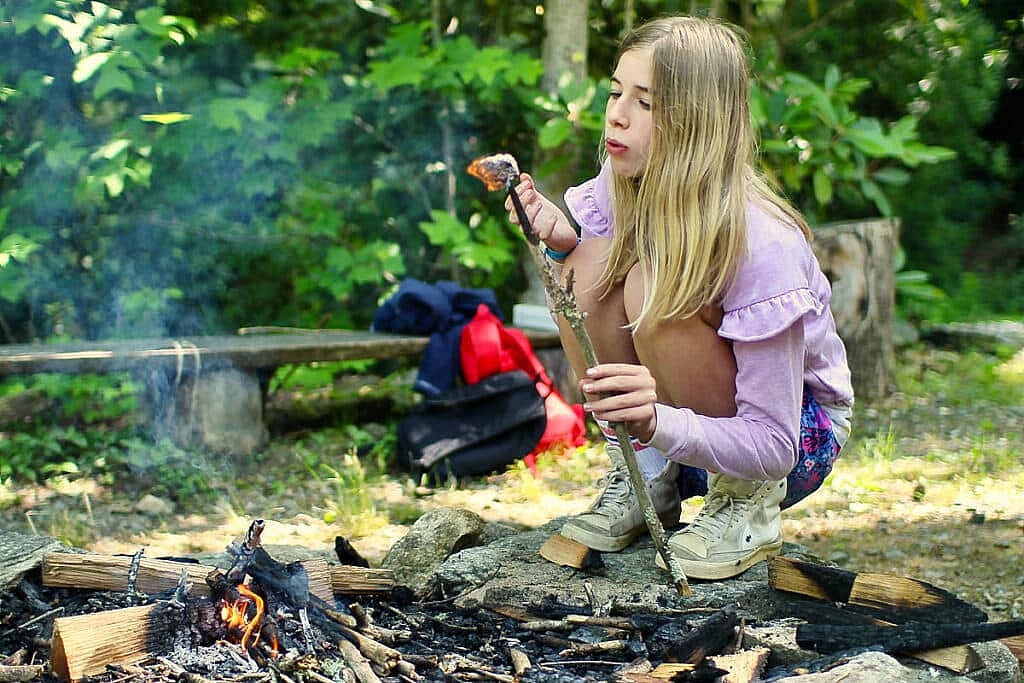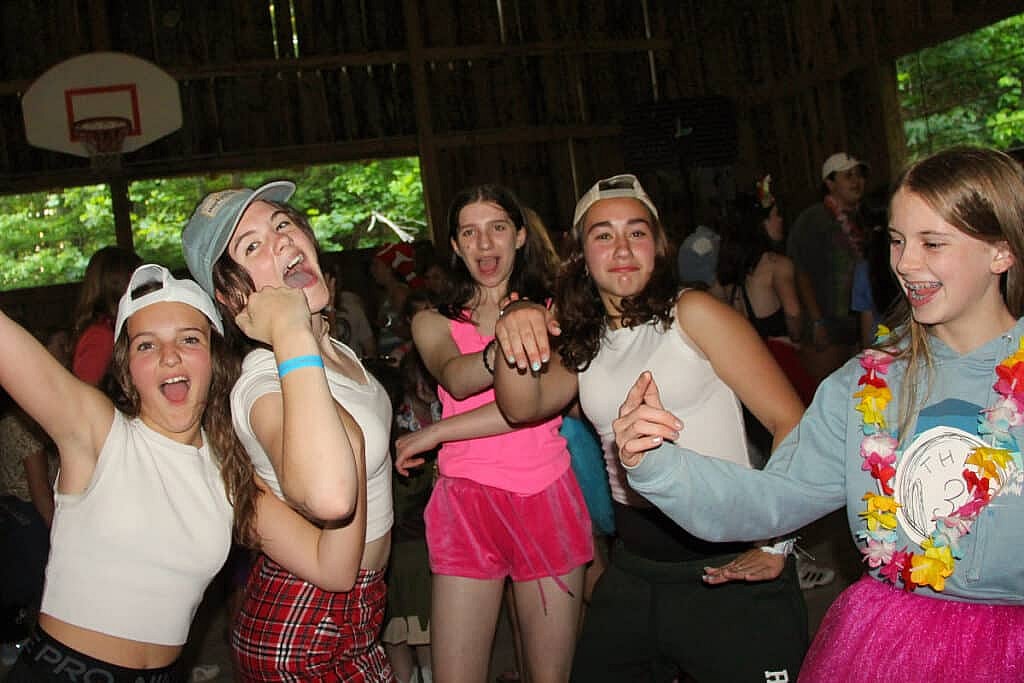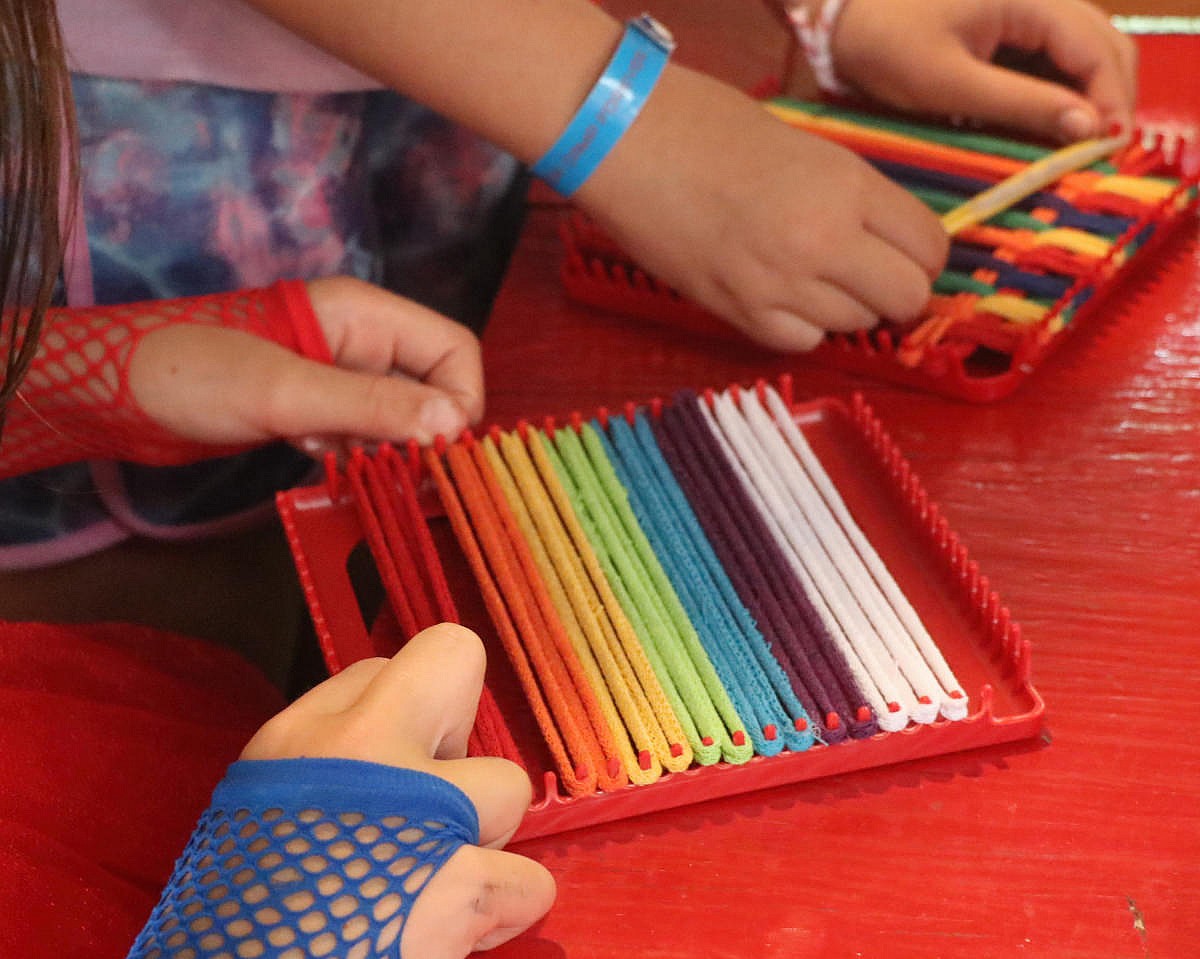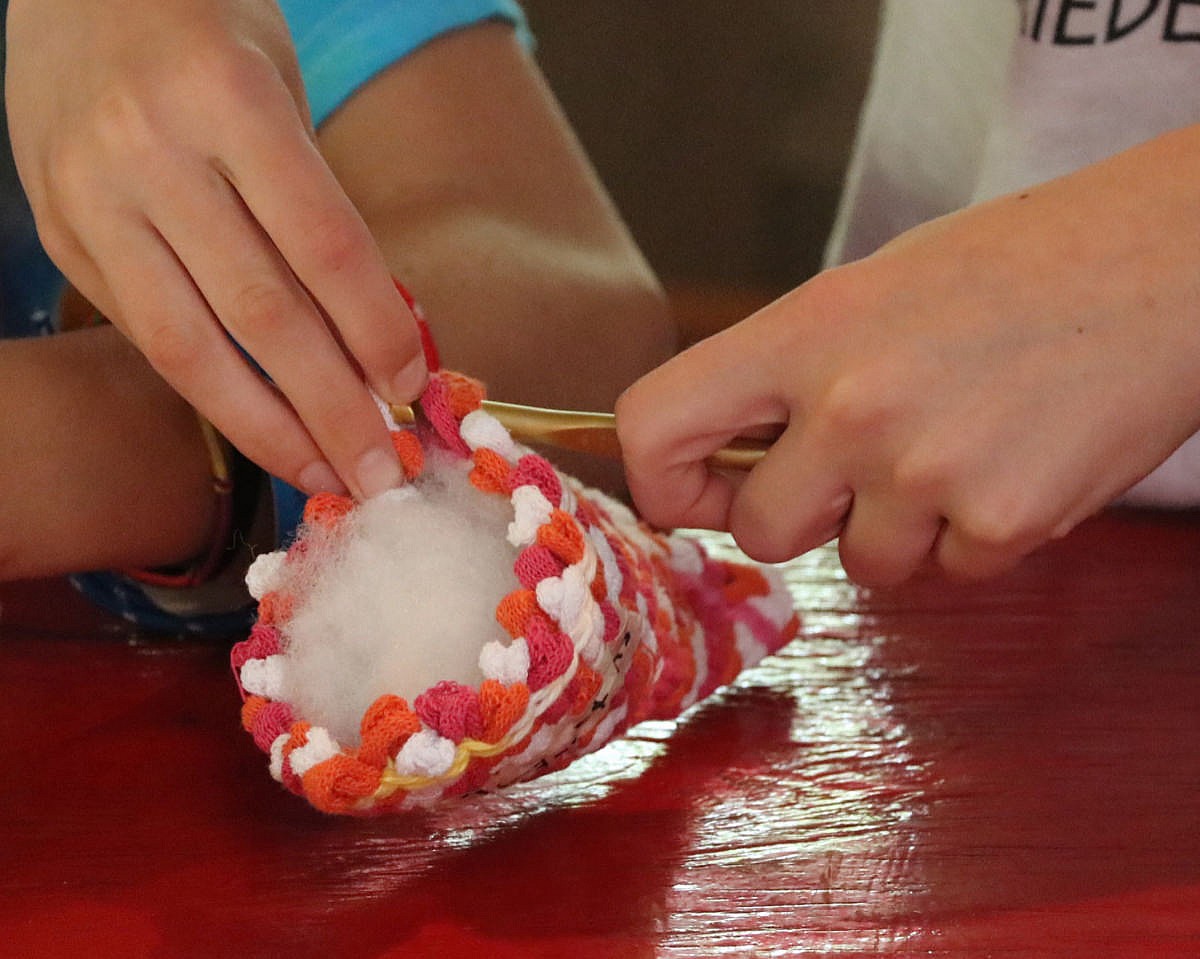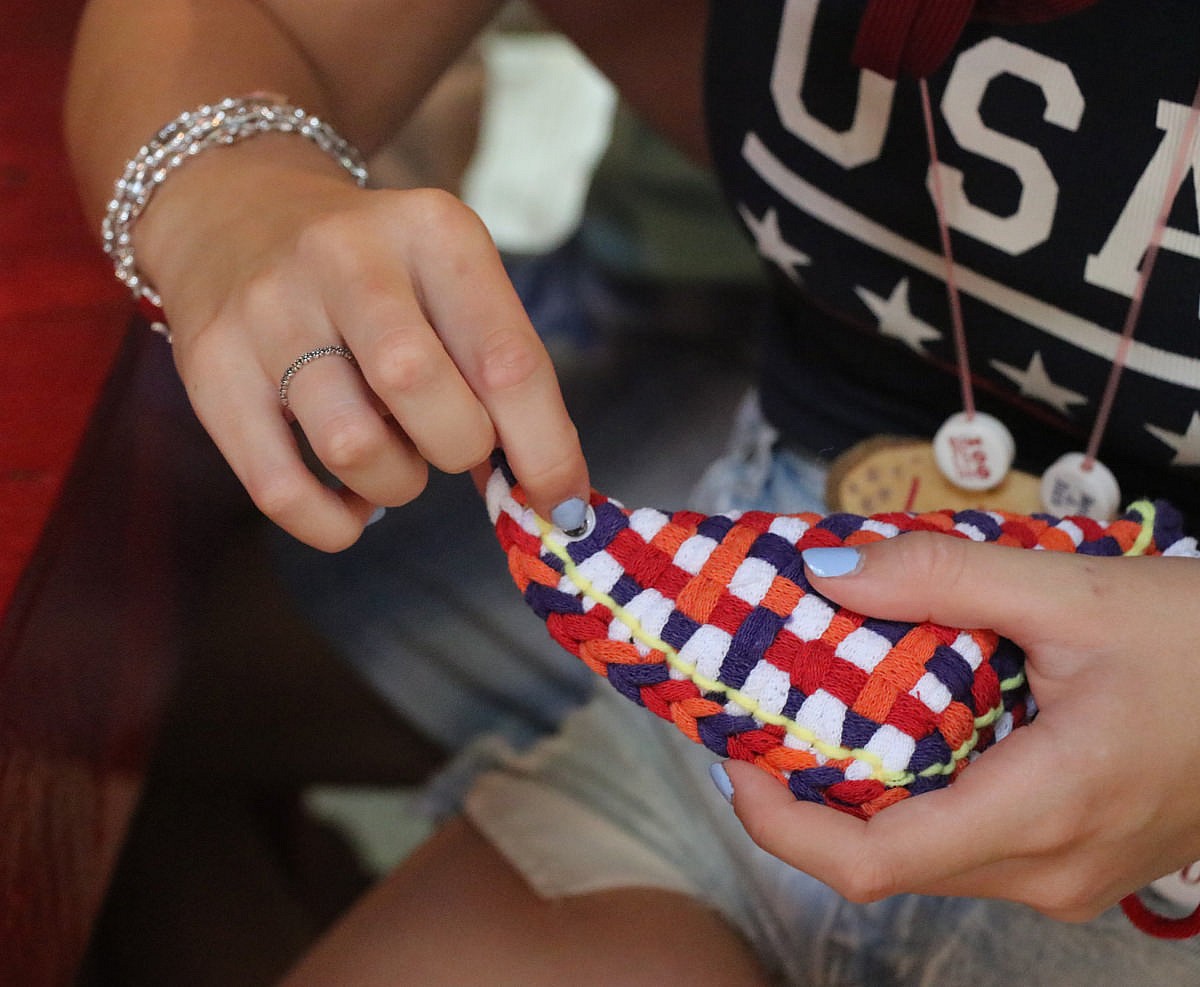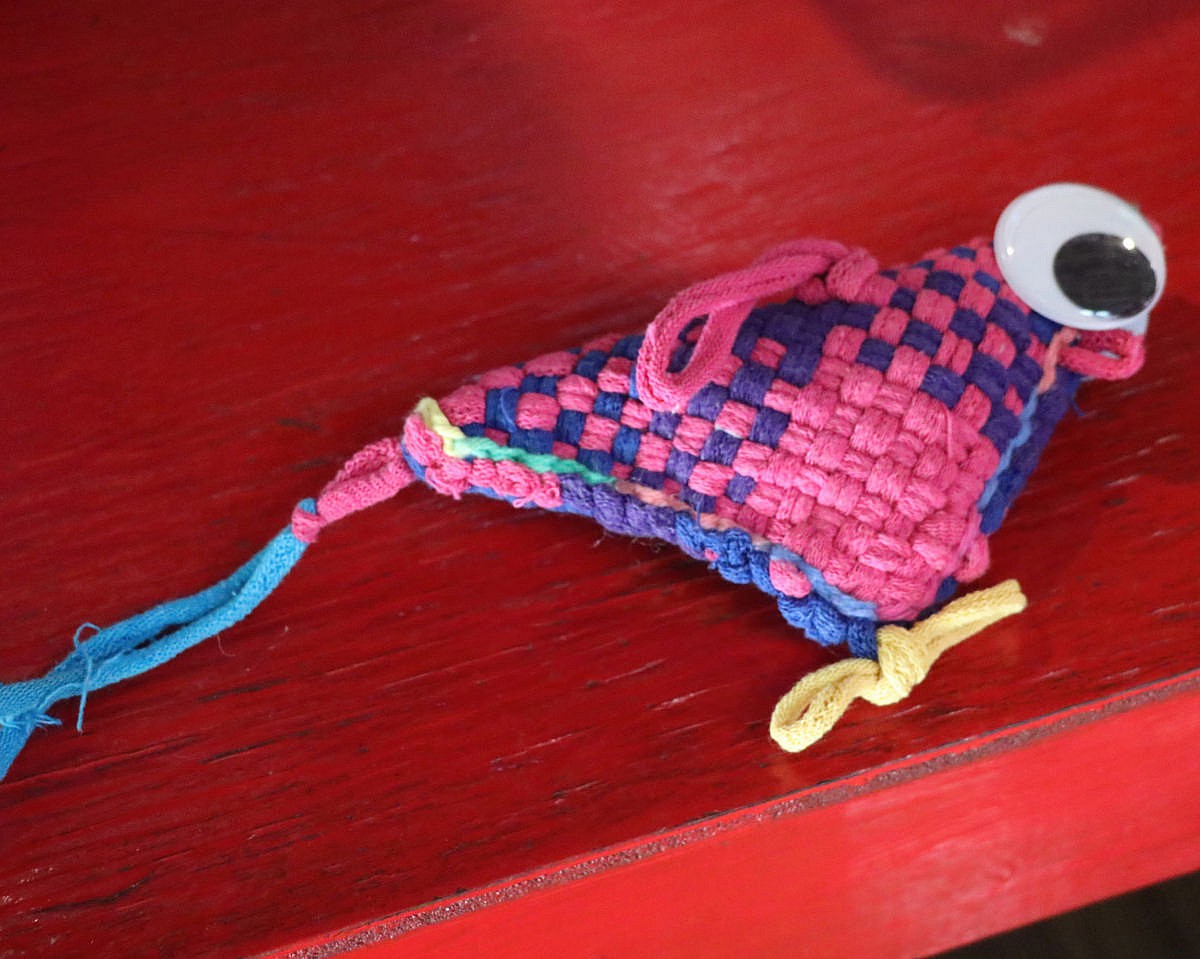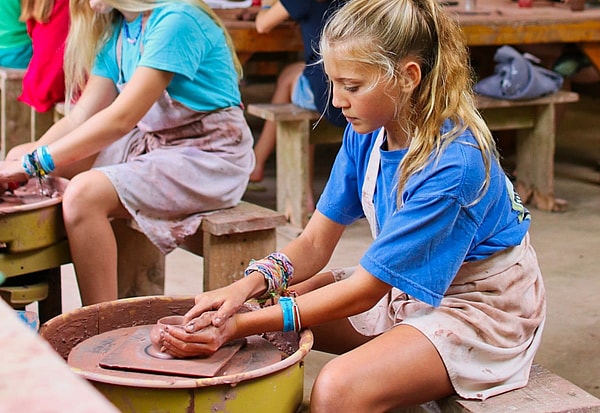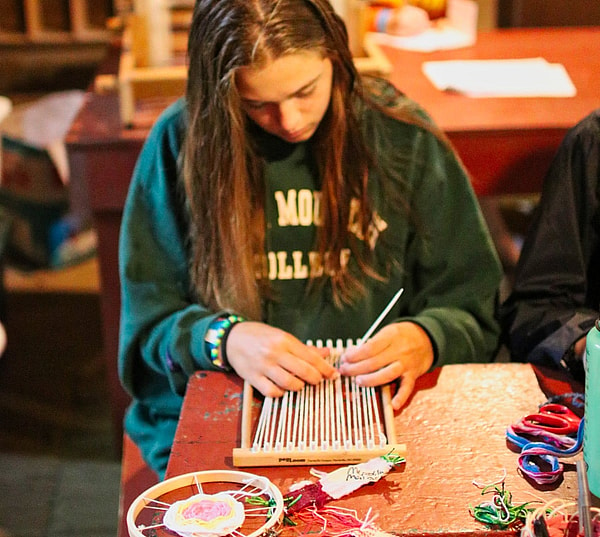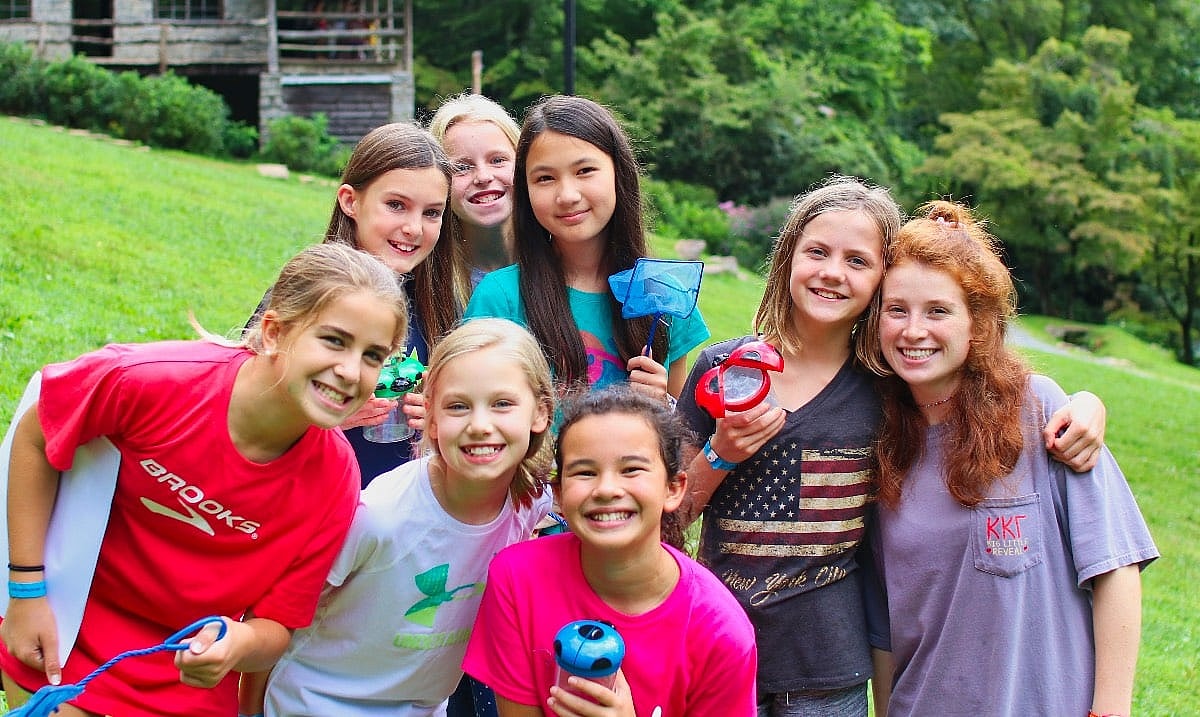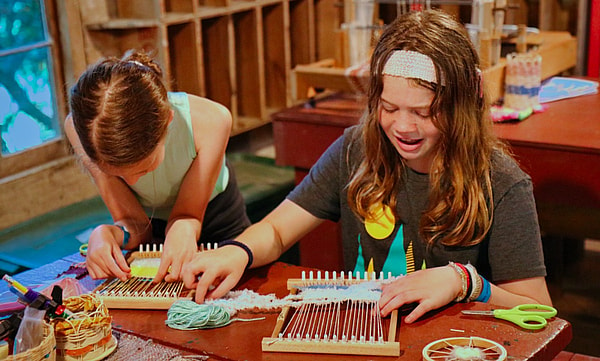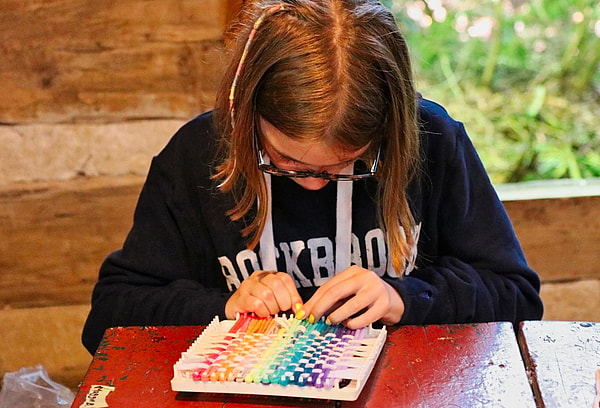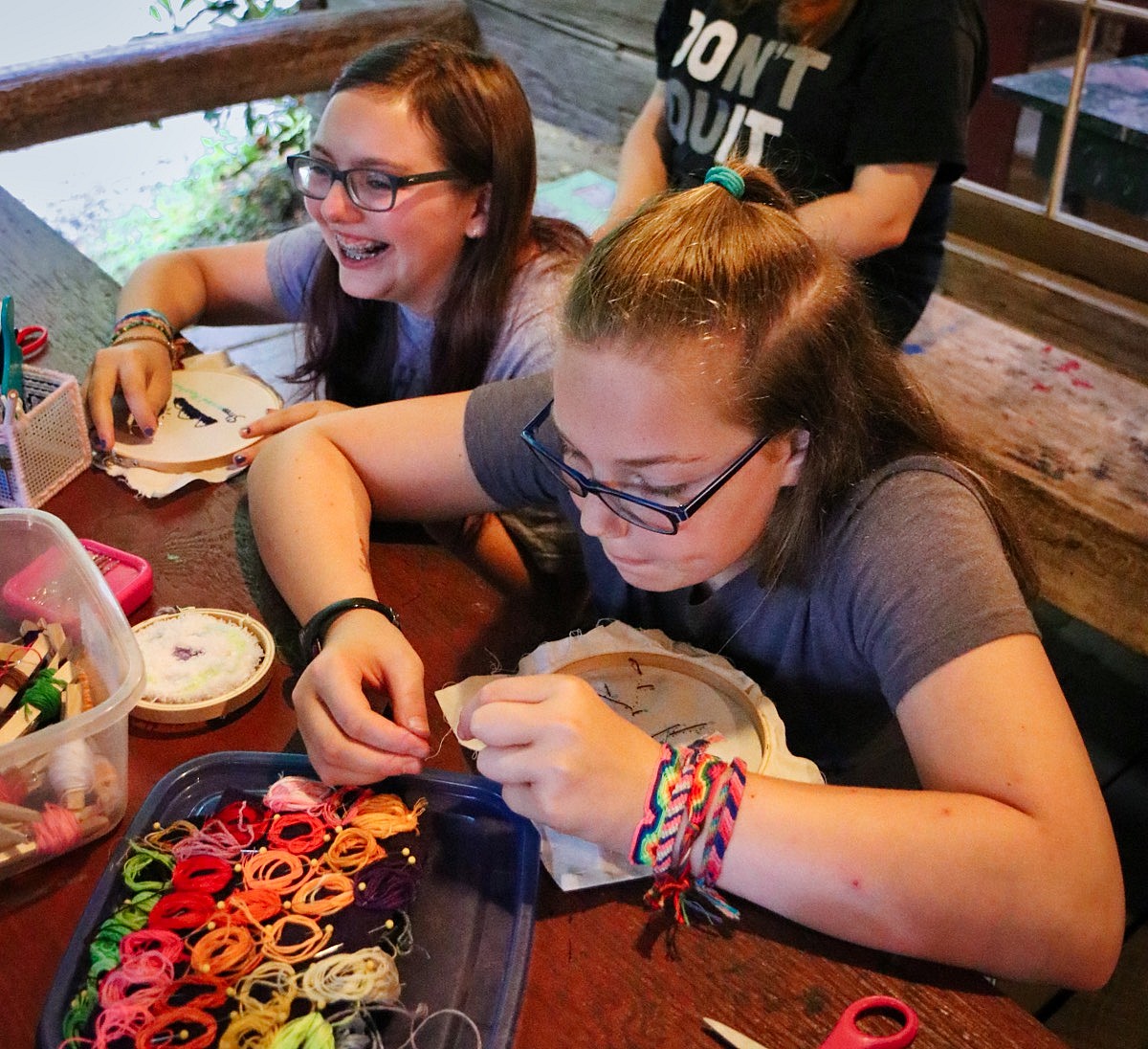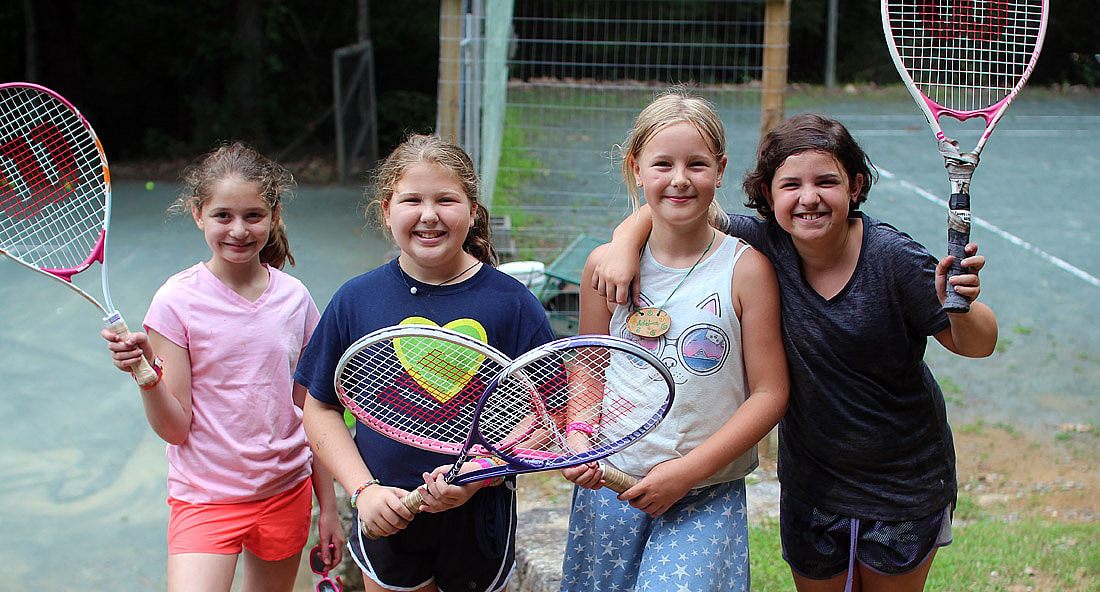Over the winter, I learned about a concept called the “third place.” This is a social setting in our lives separate from our “first” and “second” places – home and work/school, respectively. They are anchors of community life where we exchange ideas, relax and have fun, and most importantly, build and maintain relationships. A “third place” place is where people from diverse backgrounds are welcomed, people know your name, and shared experiences are had. Examples of third places in modern life include libraries, parks, theaters, bowling alleys, and bookstores. Your community’s living room, if you will.
Upon learning about third places, Rockbrook immediately came to mind. Community is a word I hear time and time again when describing Rockbrook, and for me it’s the word that I think of first when I bring to mind this magical oasis in the heart of the wooded mountains. It is where I learned how vital being a part of a community is. Rockbrook has become a catalyst for me seeking other communities outside of camp, communities where lasting friendships- like at Rockbrook -are sure to be made. We are, after all, social creatures who need community.
For many, camp may be the only place where we experience what it’s like to live in and be a member of a community. In a society that is chronically online and addicted to screens, social media has become our third place. Yet social media provides a false sense of a social life, ultimately leaving us more isolated than connected. Not to mention, we then are too tired to meet IRL because not only are our schedules busier, but we are fatigued from interacting with people via group texts, comments, and DMs. Online, we simply don’t get the same exhilaration that comes from true connection. Sadly, this applies to children too. And for many of our campers, camp may be the only physical third space they inhabit.
Camp, unlike other third places, provides a complete and total separation from social media and screens. It allows children to be immersed in a more intentional version of a third place— a home away from home where they feel carefree, included, and connected. At camp there is a feeling of belonging and identity as we are a collective who share common values and culture. Trust, solidarity, and empathy are built from our constant interaction with one another— vital social skills we can’t develop through social media. Campers feel rooted to Rockbrook, rejuvenated by spending time here.
Within the world of camp itself- where cabins serve as the home and activities serve as a second place of sorts -there are endless amounts of third places scattered throughout. These third places allow campers and staff alike to gather with others who they may not interact with in their cabin or activity settings. It provides opportunities for connection with campers from other age groups, counselors they don’t know yet, and the other adults that help keep camp running. There’s the dining hall, where a junior cabin may give a shout out and pass along a song to a senior cabin. A lodge, a great meeting spot for a club like Rockbrook Readers or to play a board game. The lake, which sees campers and counselors alike during a Free Swim. The creek by Curosty, a place where those of any age or role congregate who love to witness all the natural wonders that Rockbrook has to offer. The Hill, camp’s most central location, always buzzing with activity, and the main place we all assemble for, well, Assembly on the Hill. Even the paths that meander around camp serve as a third place, where small but meaningful moments of connection occur via a wave or a smile or a name called out in greeting.
In The Great Good Place, Ray Oldenburg explains that “third places thrive best in locales where community life is casual […] Attachment to the area and the sense of place that it imparts expands with the individuals’ walking familiarity with it […] These [places] are not only safe, they invite human connection.” What community life is more casual than that of camp life? Where children are encouraged to rest for at least one hour each day, can wear whatever they wish, and have the freedom to choose what they want to do with their time. Oldenburg characterizes third places as having a playful nature, and at camp unstructured real-world play and silly fun is highly valued. Rockbrook’s rustic, cozy feel where kids of all backgrounds are embraced align with another quality of Oldenburg’s third places. The casual nature of camp makes connecting with anyone easy.
Regular contact is one of the greatest requirements in any relationship. Third places flourish through the connection of the regulars who inhabit them because they set the tone of the community. Because third places offer availability with zero effort, they are key in helping to foster reliable, supportive, and lasting friendships. If you know Rockbrook, you know how much friendship is valued here. It’s in our songs, a tenant of our mission, and a subject of countless heartfelt Spirit Fire speeches. If the word “community” somehow doesn’t come to mind when you think of Rockbrook, then most definitely “friendship” does. A strong community breeds strong friendships, and community really thrives in these essential third places like Rockbrook – where we’re free to be ourselves, face to face.






